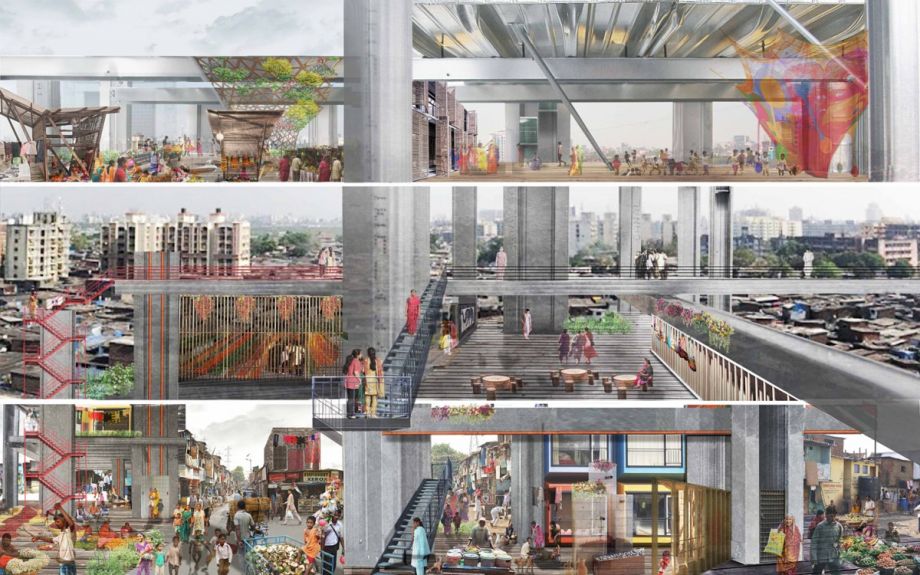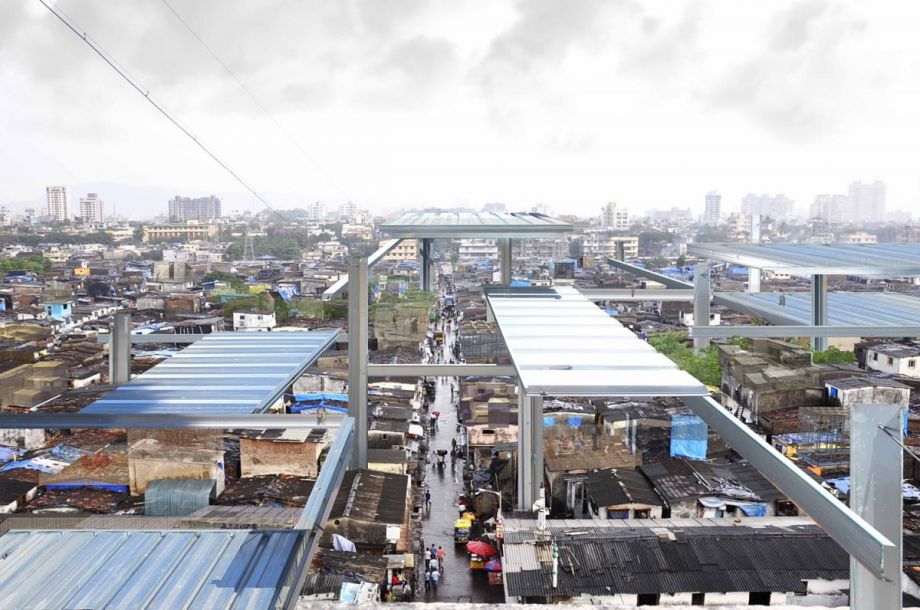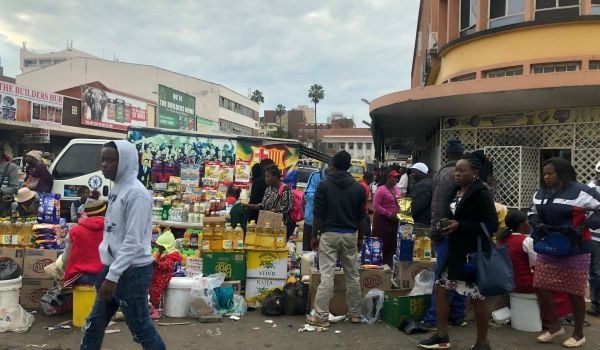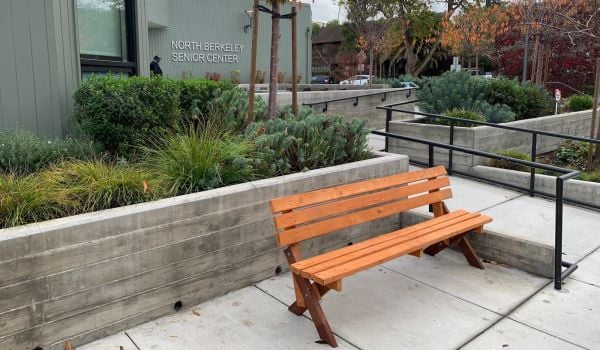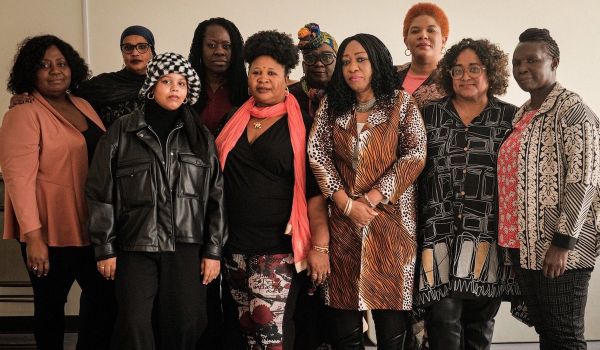If the critics are any indication, MoMA’s architecture exhibition, “Uneven Growth: Tactical Urbanisms for Expanding Megacities,” won’t be missed when it closes next week on May 25.
New York’s Justin Davidson panned the show in November before it even opened , followed by Tactical Urbanism co-author Mike Lydon’s two-part critique disputing its entire premise, including the title. The final insult arrived in March when Harvard’s Neil Brenner demolished the show’s assumptions on MoMA’s own website. But if you need a reason to see “Uneven Growth” before it’s gone, perhaps the best is becoming better acquainted with the work of Brenner’s favorite team, the Mumbai-based “urbanologists” of URBZ.
Practically speaking, URBZ is a research, design, and activist group led by Matias Echanove and Rahul Srivastava, who have spent the last six years working in Dharavi, the world’s most infamous slum. They refuse to call it that, however, and so do its residents. The pair titled their 2014 e-book “The Slum Outside” as a nod to this disavowal — the Dharavi they know is a middle-class neighborhood. “The slum” is always outside, somewhere else.
The slum, of course, is the hottest button in urbanism. Beneath the cliché that half the world’s population lives in cities — and that urban populations will double by 2050 — is the fact that only bottom-up informal settlements, or slums, can absorb several billion new residents in the timeframe. The debate is whether these places are engines of hope and upward mobility (i.e. the prosperity gospel of Stewart Brand , Ed Glaeser , and, to a lesser extent, Robert Neuwirth) or places where relentless entrepreneurialism belies the hopelessness of ever escaping (a point made in various polemics by Mike Davis, George Packer, and Daniel Brook).
In Dharavi, this debate matters more than ever due to the Dharavi Redevelopment Project, a controversial government proposal to swap residency rights for apartments outside the slum as well so that developers can build new, high-rise apartment towers on the land once occupied by Dharavi’s single-family homes. This, depending on who you ask, is either vital to accommodating as many as a million incoming Mumbai residents, or a government plot to trap them in high rises, separated from their communities, while developers raze their former homes for luxury buildings.
URBZ is notable in that it offers a third way at looking at Dharavi — as both a failure and a better path to success than stillborn smart cities or other attempts at top-down instant urbanism. “We haven’t exhausted urban possibility,” says Srivastava. “But because we’ve taken a certain norm — the post-World War II city — and that norm has become so expensive to maintain, you have these spillovers of people who cannot fit into that very tight definition of the city. And so they become part of a dysfunctional narrative, ‘the slum.’” Dharavi as it exists is no triumph of the city — not with one toilet per thousand people, and water provisioned from private taps. But a large part of that failure stems from insisting the city is something that must be given to residents — e.g. the current plan for free apartments in exchange for wholesale demolition and redevelopment — rather than something they can build for themselves.
As an example of the latter, Echanove and Srivastava return again and again to the notion of the “tool-house,” which they consider the emblematic urban form of Dharavi and other Mumbai slums such as Shivaji Nagar. These homes doubling as workshops enable residents to make the most of scarce space. They’re also absent from the zoning codes of most cities. As Echanove points out, “we fetishize the fact that Steve Jobs started from his garage, but it was totally illegal.” (One could argue the entire “sharing economy” is a networked version of the tool-house, with bedrooms doubling as hotel rooms and private cars serving as cabs.)
URBZ understands tool-houses as small, flexible, and networked at both the level of the neighborhood and global supply chains, a definition that underscores the parallels between a slum economy and the model making Airbnb CEO Brian Chesky a very rich man. In his recent Baffler essay, Daniel Brook mocks the oft-quoted statistic that Dharavi’s GDP approaches $1 billion, noting this breaks down to less than $1,000 per person. But as Echanove and Srivastava note in their book and elsewhere, Japan’s post-war rise to industrial prowess was due largely to the networks of small-scale factories emerging from the fire-bombed slum that was Tokyo. Although culturally distinct from Dharavi for obvious reasons, Tokyo’s resurgence represents one path South Asia’s slums could take. So do Sao Paulo, Barcelona, and Perguia — all of which URBZ have mashed-up in Photoshop with Dharavi to illustrate various trajectories.
So how do they get there? Unfortunately, you won’t find many answers at the MoMA show. By their own admission, the pair had a falling-out with their nominal teammates, MIT-POP Lab, in what even the exhibition catalogue described as a “creative and sometimes troubled collaboration.” You can find their unfiltered recommendations in “Reclaim Growth,” URBZ’ submission to the Urban Design Research Institute’s “Reinventing Dharavi” competition. Their plans call for granting residents occupancy rights rather than property rights (to discourage speculation), more carefully adding infrastructure, preserving pedestrian paths, and dignifying residents’ efforts to improve, expand, and use their homes.
“We’re not saying things should stay the way they are,” says Srivastava, “only that residents are highly involved in the changes.” The biggest difference between Dharavi as it is and the government’s plans, adds Echanove, is that the former retains the ability to evolve, sprouting new forms and functions, “unlike housing blocks that never improve over time.”
In their focus on process — Dharavi is always becoming — URBZ also describes the impulse behind such bottom-up movements and projects as Build a Better Block, Renew Newcastle , and yes, tactical urbanism, all of which aim to harness the energies of residents to improve their neighborhoods. That someone as smart as Glaeser could look at Dharavi and write, “there’s a lot to like about urban poverty,” speaks to just how much work there is left to do.
Reporting for this story was made possible with the support of the John S. and James L. Knight Foundation

Greg Lindsay is a contributing writer for Fast Company and co-author (with John D. Kasarda) of the international bestseller Aerotropolis: The Way We’ll Live Next.
His writing has appeared in The New York Times, The Wall Street Journal, Bloomberg BusinessWeek, The Financial Times, McKinsey Quarterly, World Policy Journal, Time, Wired, New York, Travel + Leisure, Condé Nast Traveler and Departures. He was previously a contributing writer for Fortune and an editor-at-large for Advertising Age. Greg is a two-time Jeopardy! champion (and the only human to go undefeated against IBM’s Watson).

